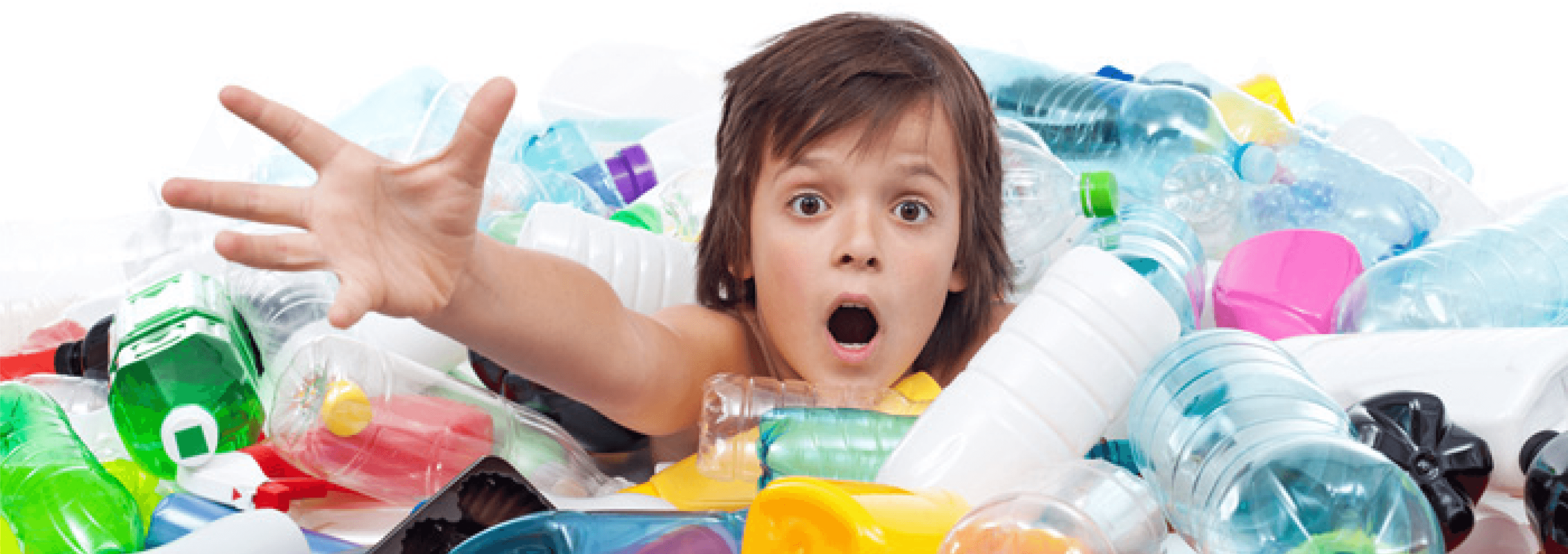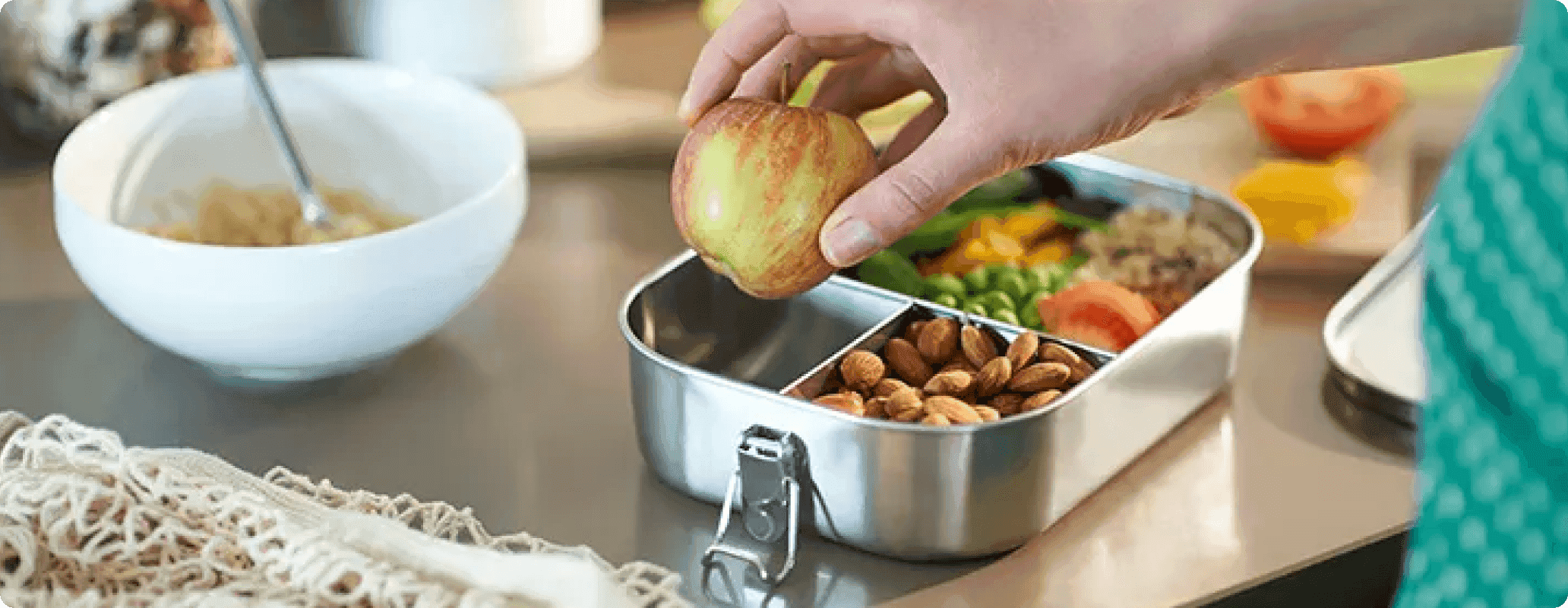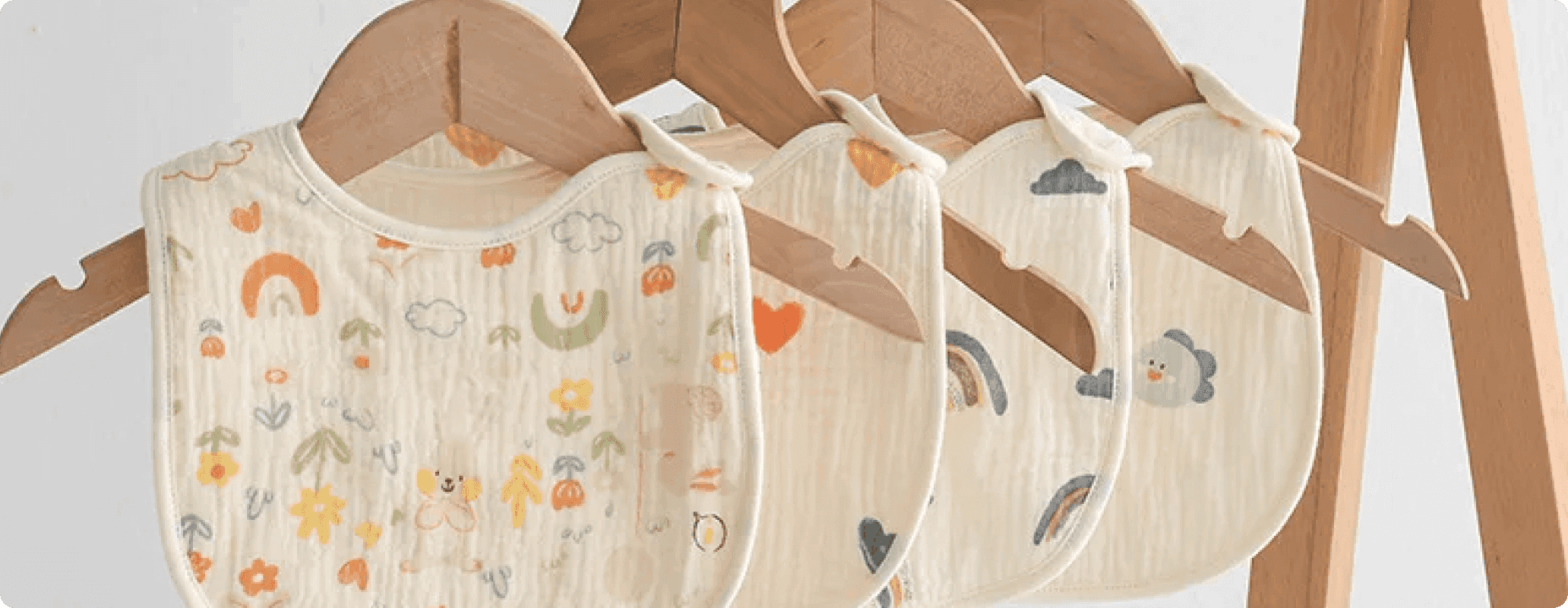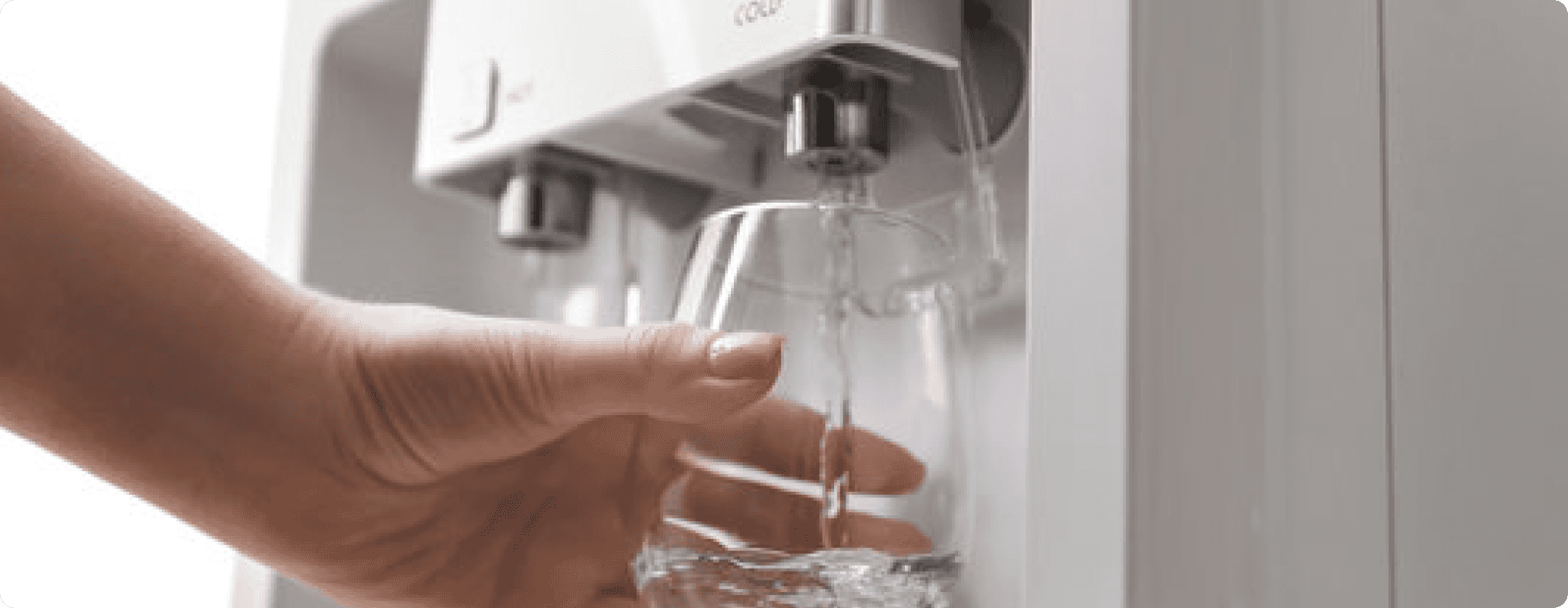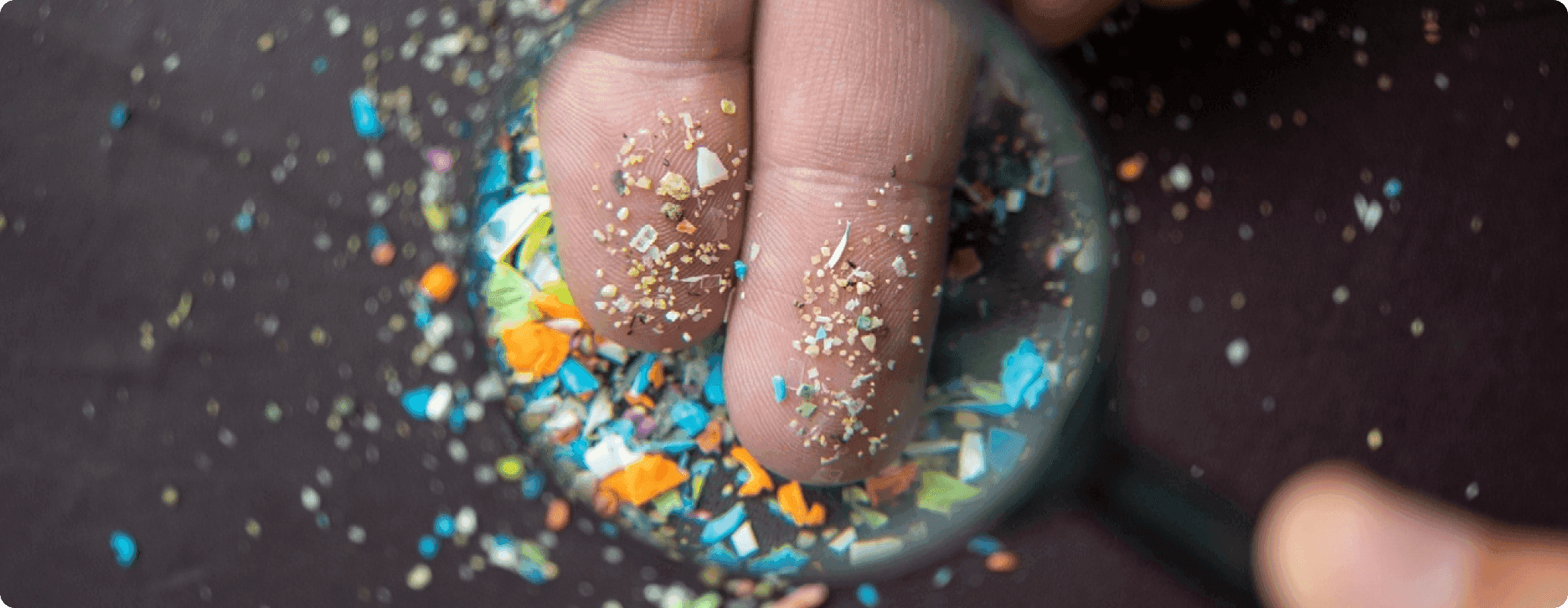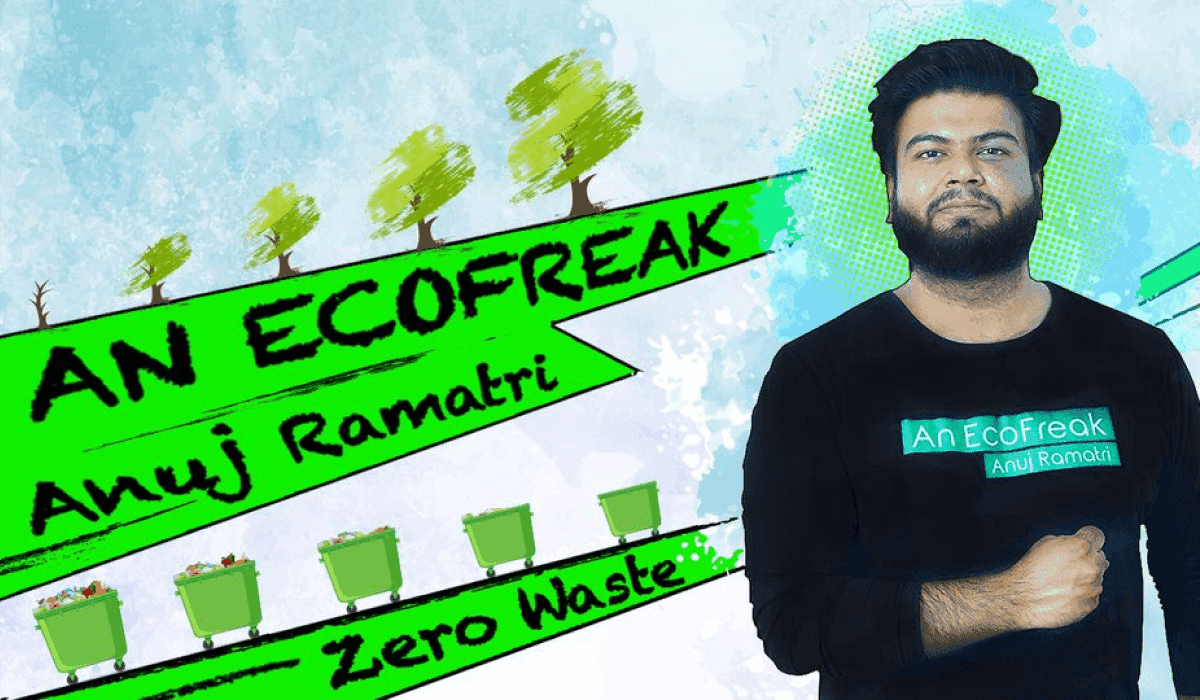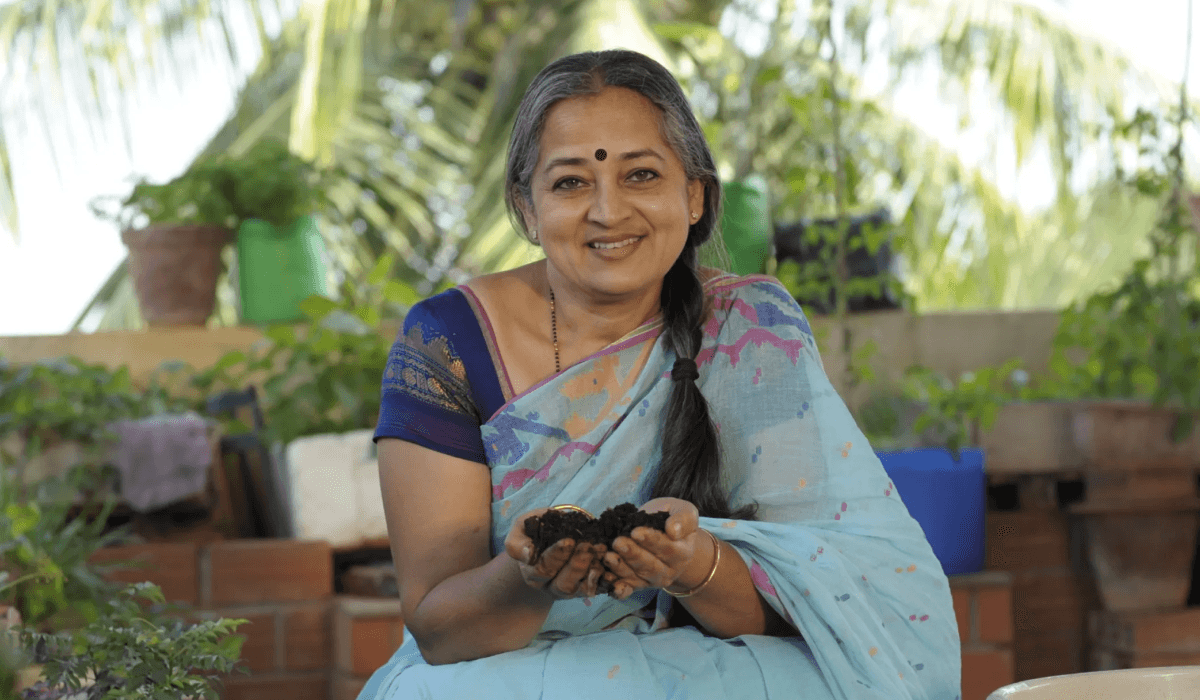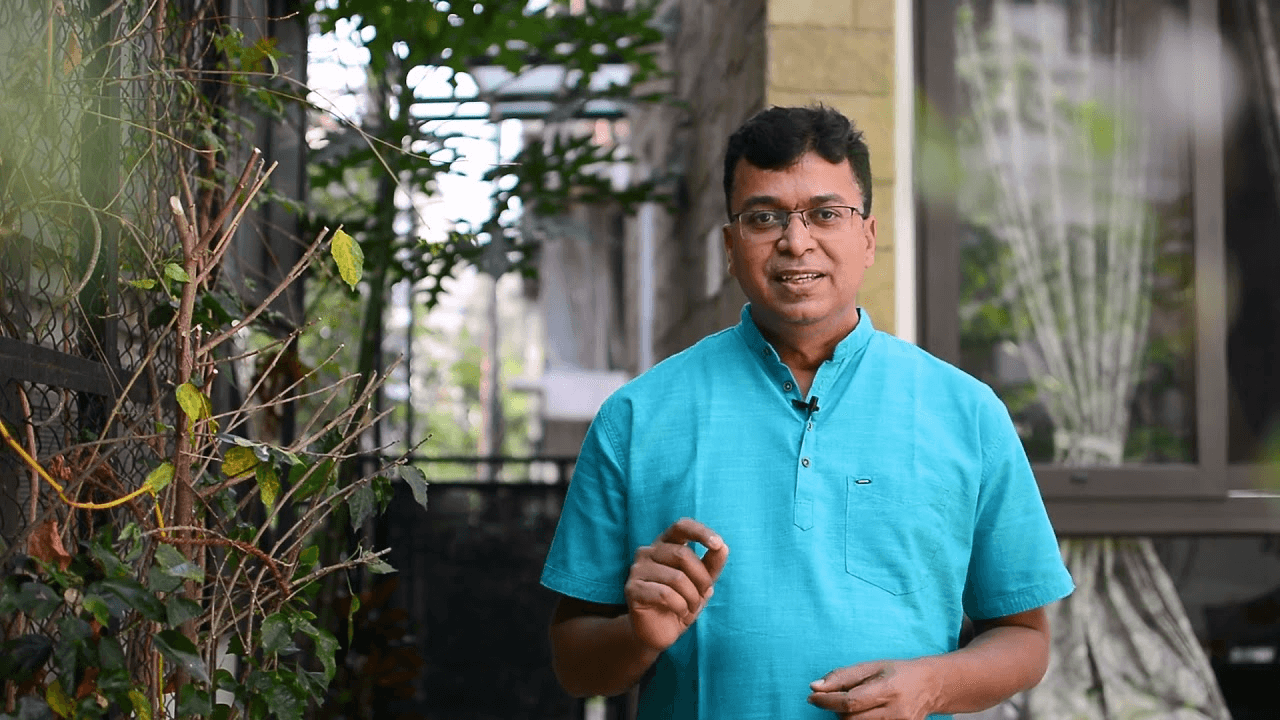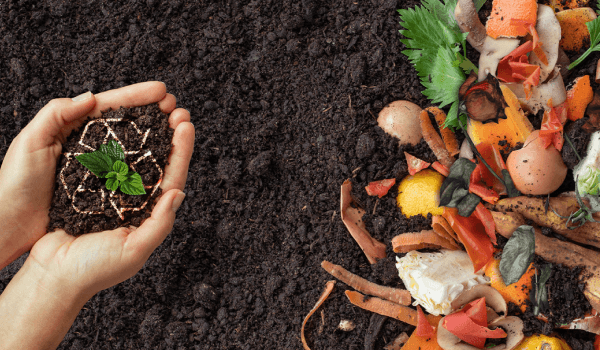12 hours ago

Tweet

Share

Share
Keeping Kids Safe: Tips to Reduce Plastic Exposure and Microplastic Risks
As parents, we strive to shield our children from harm. Did you know that exposure to plastics and microplastics can pose serious risks to their health? According to recent studies, microplastics have been found in drinking water, food, and even the air we breathe, raising concerns about their potential impact on human health. In fact, research has linked exposure to plastics and microplastics to various health issues, including hormonal disruptions, developmental delays, and immune system disorders in children. In this post, we'll share some simple yet effective tips to help you minimize your child's exposure to these harmful substances, ensuring a safer and healthier environment for their growth and development.
Choose Safe Food Storage Options:
Opt for glass or stainless steel containers for storing food and beverages, especially when it comes to hot liquids and acidic foods. Avoid plastic containers labeled with codes 3 (PVC), 6 (PS), and 7 (other plastics containing BPA or phthalates).
Use Silicone or Cloth Bibs:
Instead of plastic bibs, consider using silicone or cloth bibs for mealtime. Silicone bibs are durable, easy to clean, and free from harmful chemicals, while cloth bibs offer a natural and eco-friendly alternative..
Invest in Non-Toxic Toys:
Choose toys made from natural materials like wood, organic cotton, or bamboo instead of plastic toys. Look for products labeled as BPA-free, phthalate-free, and PVC-free to ensure they are safe for your child to play with.
Filter Drinking Water:
Install a water filtration system in your home to remove microplastics and other contaminants from drinking water. One that effectively removes particles down to the micrometer level to ensure water is clean and safe.
Check Labels for Microfiber Content:
Be mindful of clothing and textiles that contain synthetic fibers like polyester, nylon, and acrylic, as they can shed microfibers when washed. Look for natural fiber alternatives like organic cotton, hemp, or wool
Stay Informed and Stay Vigilant:
Keep abreast of the latest research and developments in plastic pollution and microplastic contamination. Stay vigilant in monitoring your children's exposure to plastics and take proactive steps to minimize risks to their health
By following these simple tips, you can help keep your kids safe from the harmful effects of plastics and microplastics. Together, let's create a healthier, safer world for our children to grow up in.



